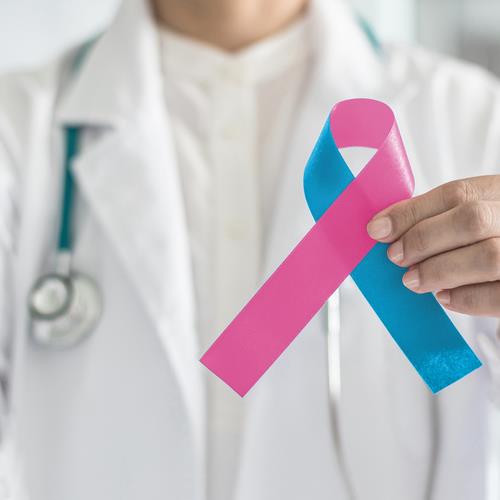13 October 2020
 Stillbirth and perinatal death are deeply personal tragedies for families and for many, the loss is compounded when the cause is left undetermined.
Stillbirth and perinatal death are deeply personal tragedies for families and for many, the loss is compounded when the cause is left undetermined.
As we mark International Pregnancy and Infant Loss Remembrance Day on October 15, South Australian researchers are working hard to find individual answers as to why some pregnancies end in stillbirth or perinatal death.
The Genomic Autopsy Study is a national Australian Genomics research program based in South Australia that was recently awarded $3.4million by the Australian Government’s Genomics Health Futures Mission – Medical Research Future Fund, investigating the genetic contribution to stillbirth and perinatal death.
To date, more than 170 families have enrolled in the study in a bid to track down the genetic and other factors that may lead to stillbirth and perinatal death.
Head of the Department of Genetics and Molecular Pathology at the Centre for Cancer Biology and Adjunct Professor at UniSA, Professor Hamish Scott says the research being carried out through the Genomic Autopsy Study is invaluable for these families.
“Our work is helping to unlock the possible causes of stillbirth and whether there are genetic factors impacting the foetus, including changes to parental or placental DNA, maternal infections or a combination of factors,” Prof Scott says.
“For about 60 per cent of the families who have enrolled, we have found answers or strong candidates for the cause of the loss of their child or children.
Head, Paediatric and Reproductive Genetics, Women’s and Children’s Hospital Associate Professor Christopher Barnett says in most situations where a genetic answer has been found, there has been at least one associated congenital abnormality present.
“Stillbirths with no associated congenital abnormalities have unfortunately been the most challenging, in terms of identifying a genetic cause that can assist families,” Assoc Prof Barnett says.
“Nonetheless, we believe these answers will make an important contribution to reducing the rates of stillbirth and perinatal death and the toll that takes on families.
“At the same time, it empowers parents to make informed reproductive choices to avoid recurrence and helps them to plan their future families with all the facts in hand.”
Already researchers are making important strides:
- 20 per cent of identified variants have significantly expanded the reported disease phenotype of known disease genes;
- 12 per cent of causative or candidate variants were identified in novel disease genes (i.e. not previously reported disease genes);
- 43 per cent of causative or candidate variants were new mutations (i.e. not present in the parents’ DNA).
- Six families have used their genetic diagnosis for informed management of future pregnancies.
“To date there have only been two diagnoses in the same disease gene, illustrating the genetic heterogeneity of perinatal death and the combined total burden of disease,” Prof Scott says.
“Our hope is that through our research, the answers we find will make a significant contribution towards the target of reducing the rate of stillbirth and perinatal death, and offer families reproductive choices that reduce the chance of recurrence,” Assoc Prof Barnett says.
News editors please note:
The University of South Australia will light up its Cancer Research Institute Building on North Terrace in pink and blue to mark International Pregnancy and Infant Loss Remembrance Day on October 15.
Media contact: Michèle Nardelli | office: +618 8302 6611email: michele.nardelli@unisa.edu.au



